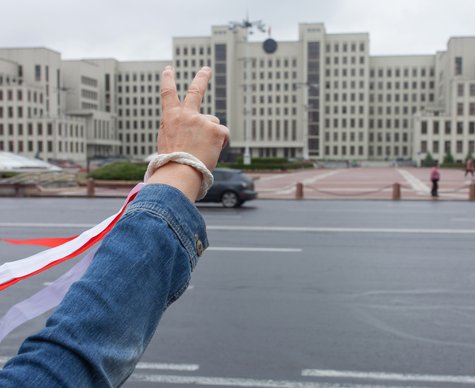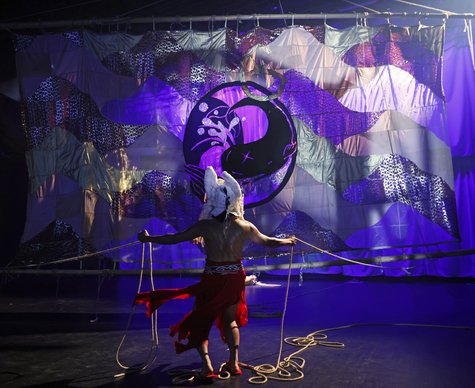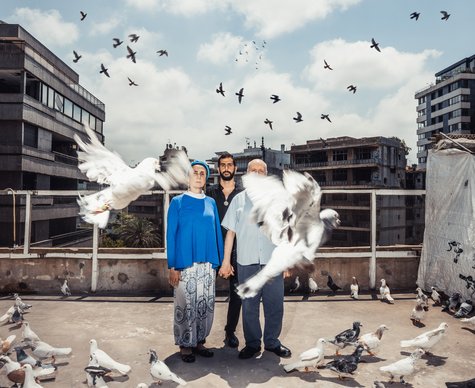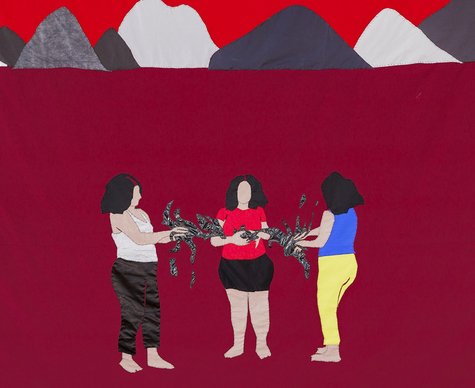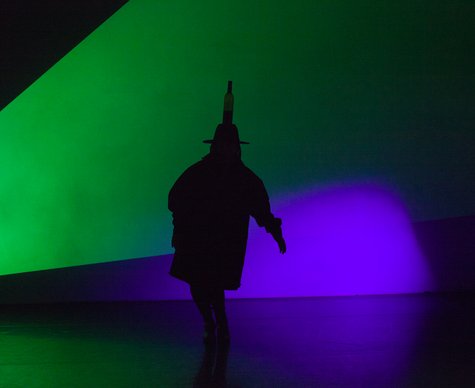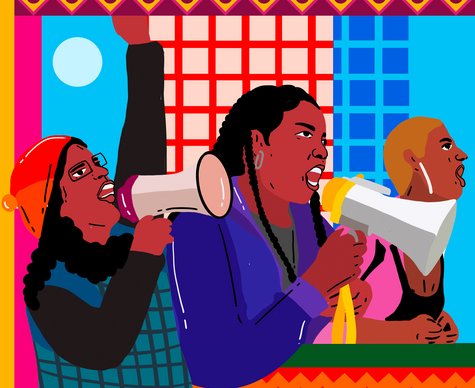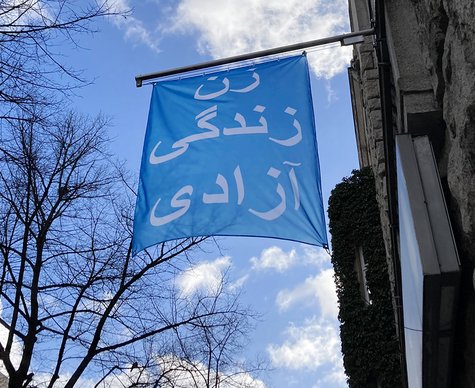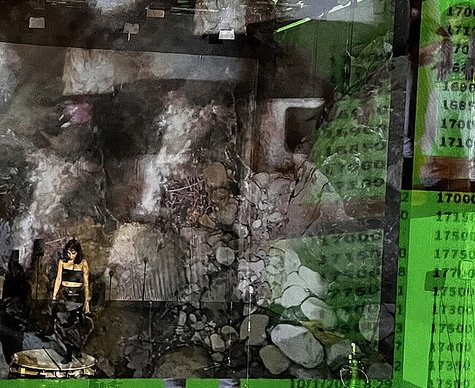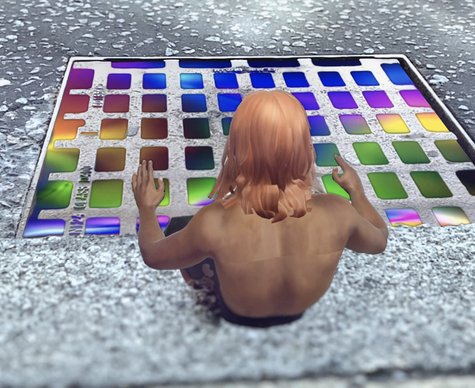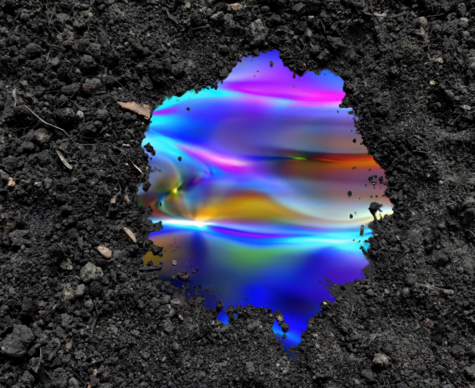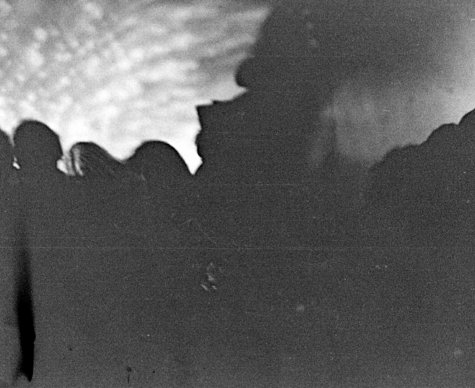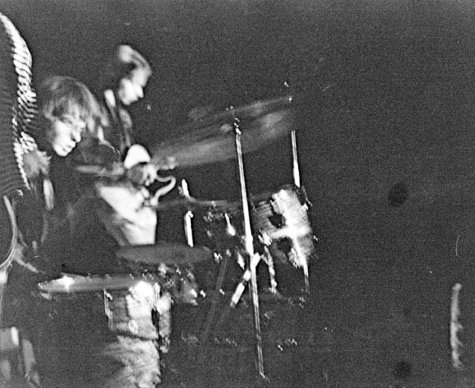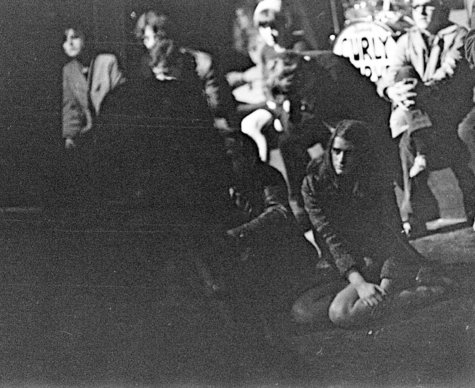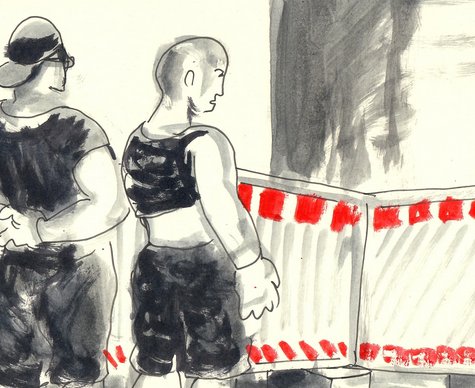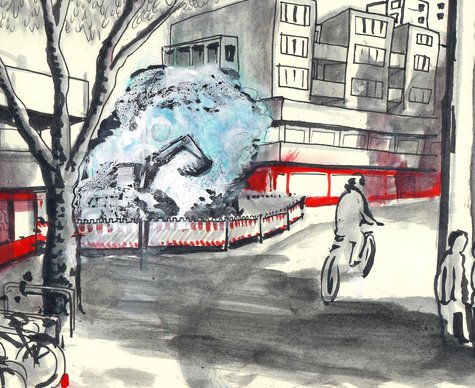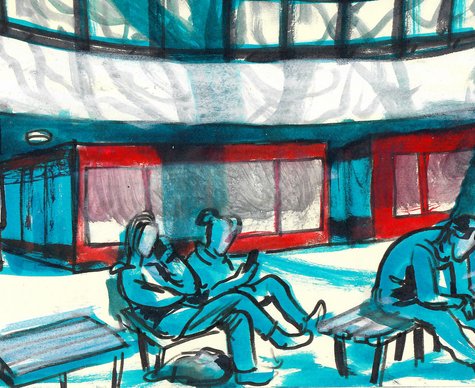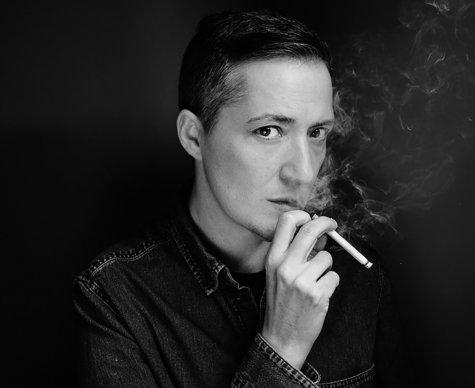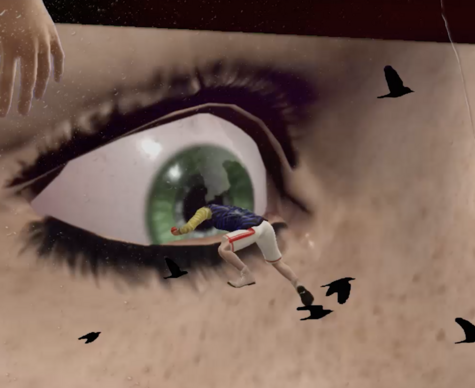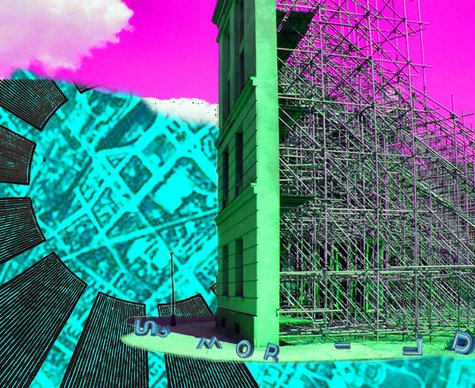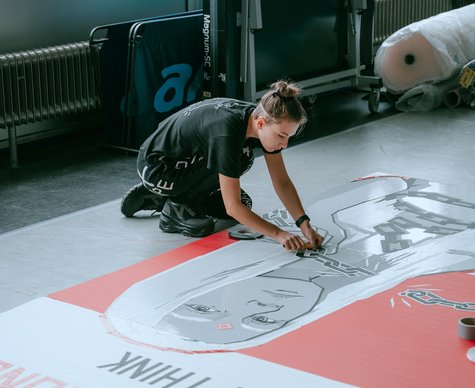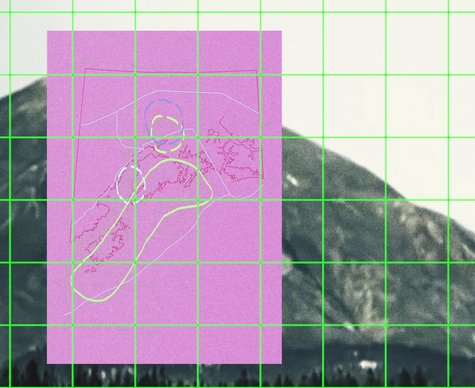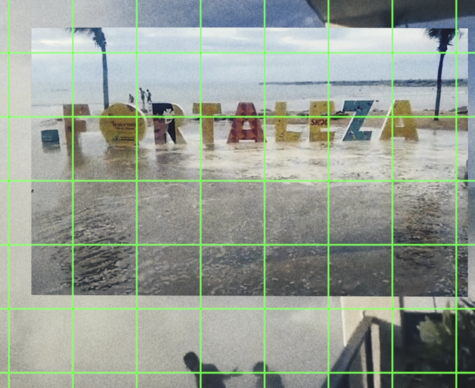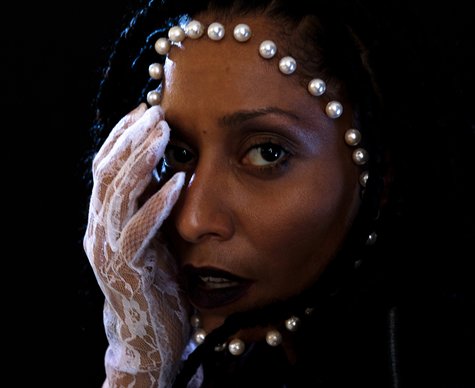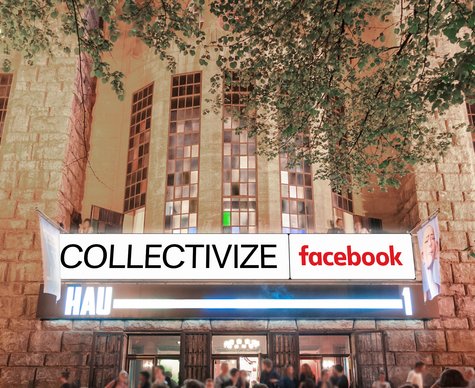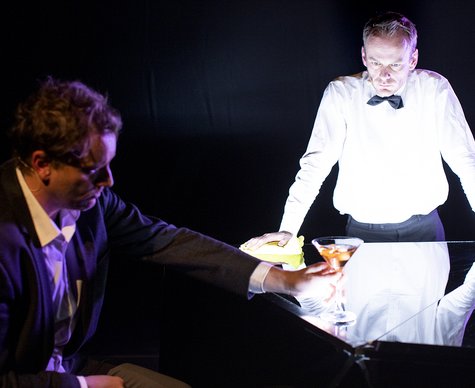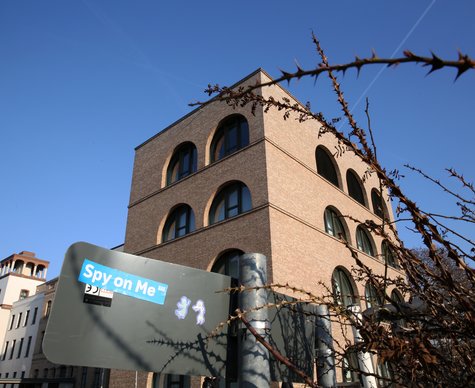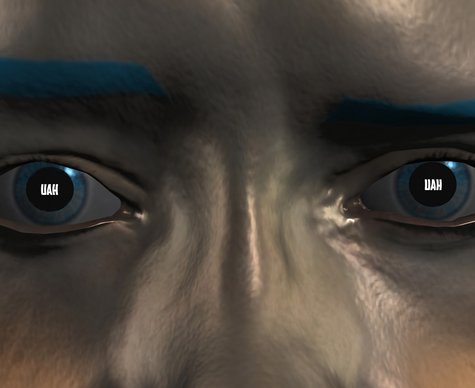Rimini Protokoll (Haug/Kaegi/Wetzel)
Situation Rooms
- Installation
- Theatre
![[Translate to EN:]](/fileadmin/Hau/_processed_/9/a/csm_rimini_protokoll_situation_rooms_4_jo_rg_baumann_d987dbda34.jpg)
![[Translate to EN:]](/fileadmin/_processed_/1/1/csm_rimini_protokoll_situation_rooms_2_jo_rg_baumann_e780c88b6d.jpg)
![[Translate to EN:]](/fileadmin/Hau/_processed_/a/7/csm_rimini_protokoll_situation_rooms_3_jo_rg_baumann_df654a12c1.jpg)
![[Translate to EN:]](/fileadmin/Hau/_processed_/0/3/csm_rimini_protokoll_situation_rooms_1_jo_rg_baumann_06a1995e71.jpg)
![[Translate to EN:]](/fileadmin/Hau/_processed_/9/a/csm_rimini_protokoll_situation_rooms_4_jo_rg_baumann_d987dbda34.jpg)
![[Translate to EN:]](/fileadmin/_processed_/1/1/csm_rimini_protokoll_situation_rooms_2_jo_rg_baumann_e780c88b6d.jpg)
![[Translate to EN:]](/fileadmin/Hau/_processed_/a/7/csm_rimini_protokoll_situation_rooms_3_jo_rg_baumann_df654a12c1.jpg)
![[Translate to EN:]](/fileadmin/Hau/_processed_/0/3/csm_rimini_protokoll_situation_rooms_1_jo_rg_baumann_06a1995e71.jpg)
![[Translate to EN:]](/fileadmin/Hau/_processed_/9/a/csm_rimini_protokoll_situation_rooms_4_jo_rg_baumann_d987dbda34.jpg)
May 2011, a photo flashes onto screens around the world. It shows 13 people in a room. The expressions on their faces speak volumes: triumph, fascination, scorn, horror, scepticism, preoccupation. The photo from the White House “Situation Room” documents the end of a manhunt that was pursued with all possible weapons.
Situation Rooms gathers together from various continents 20 people whose biographies have been shaped by weapons in a film set that recreates the globalised world of pistols and rocket-propelled grenades, of assault rifles and drones, of rulers and refugees, becoming a parcours of unexpected neighbourhoods and intersections.
With the personal narratives of the ‘inhabitants’, the images start to move and the audience follows the individual trails of the cameras they have been given. They start to inhabit the building, while following what they see and hear on their equipment. The audience does not sit opposite the piece to watch and judge it from the outside; instead, the spectators ensnare themselves in a network of incidents, slipping into the perspectives of the protagonists, whose traces are followed by other spectators.
One spectator sits at the desk of a manager for defence systems. At the same time, another follows the film of a Pakistani lawyer representing victims of American drone attacks in a cramped room with surveillance monitors. On her way there, she sees a third spectator who follows his film into the shooting range of a Berlin gun club, listening Germany's parcours shooting champion. Around the corner stands another spectator in the role of a doctor carrying out amputations in Sierra Leone, while in the room next door a press photographer sorts pictures of German army missions in Afghanistan, only to stand in the shooting range himself a little later to do exactly what he was able to observe in passing just a while ago, thereby becoming a subject for observation himself.
The audience gradually becomes entangled in the film set’s spatial and material labyrinth; each individual becoming part of the re-enactment of a complicatedly elaborated multi-perspective “shooting”.
Situation Rooms is a multiple simultaneous cinema; augmented reality as three-dimensional as only theatre can be!
As part of "JETZT FEIERN – 20 Years of Rimini Protokoll" there will be additional installations on display at HAU2 that provide an insight into the multimedia creative work of the group. The VR installation “Feast of Food” about farm life in the age of global food production, screenings of films about the Indian-German project “Call Cutta” and “Weltklimakonferenz” as well as radio drama stations where the audience can listen through the entire radio drama oeuvre of Rimini Protokoll.
Invited to Theatertreffen Berlin 2014.
Dates
- Sun 14.12.2014, 17:00 / HAU2
- Sun 14.12.2014, 19:00 / HAU2
- Sun 14.12.2014, 21:00 / HAU2
- Mon 15.12.2014, 13:00 / HAU2
- Mon 15.12.2014, 15:00 / HAU2
- Mon 15.12.2014, 17:00 / HAU2
- Mon 15.12.2014, 19:00 / HAU2
- Mon 15.12.2014, 21:00 / HAU2
- Tue 16.12.2014, 13:00 / HAU2
- Tue 16.12.2014, 17:00 / HAU2
- Tue 16.12.2014, 19:00 / HAU2
- Tue 16.12.2014, 21:00 / HAU2
- Wed 17.12.2014, 15:00 / HAU2
- Wed 17.12.2014, 17:00 / HAU2
- Wed 17.12.2014, 19:00 / HAU2
- Wed 17.12.2014, 21:00 / HAU2
- Thu 18.12.2014, 13:00 / HAU2
- Thu 18.12.2014, 15:00 / HAU2
- Thu 18.12.2014, 17:00 / HAU2
- Thu 18.12.2014, 19:00 / HAU2
- Thu 18.12.2014, 21:00 / HAU2
- Fri 19.12.2014, 13:00 / HAU2
- Fri 19.12.2014, 15:00 / HAU2
- Fri 19.12.2014, 17:00 / HAU2
- Fri 19.12.2014, 19:00 / HAU2
- Fri 19.12.2014, 21:00 / HAU2
- Sat 20.12.2014, 13:00 / HAU2
- Sat 20.12.2014, 17:00 / HAU2
- Sat 20.12.2014, 19:00 / HAU2
- Sat 20.12.2014, 21:00 / HAU2
- Sun 21.12.2014, 13:00 / HAU2
- Sun 21.12.2014, 15:00 / HAU2
- Sun 21.12.2014, 17:00 / HAU2
- Sun 21.12.2014, 19:00 / HAU2
- Sun 21.12.2014, 21:00 / HAU2
- Mon 22.12.2014, 13:00 / HAU2
- Mon 22.12.2014, 17:00 / HAU2
- Mon 22.12.2014, 19:00 / HAU2
- Mon 22.12.2014, 21:00 / HAU2
- Tue 23.12.2014, 17:00 / HAU2
- Sat 27.12.2014, 17:00 / HAU2
- Sat 27.12.2014, 19:00 / HAU2
- Sat 27.12.2014, 21:00 / HAU2
- Sun 28.12.2014, 13:00 / HAU2
- Sun 28.12.2014, 15:00 / HAU2
- Sun 28.12.2014, 17:00 / HAU2
- Sun 28.12.2014, 19:00 / HAU2
- Sun 28.12.2014, 21:00 / HAU2
- Mon 29.12.2014, 13:00 / HAU2
- Mon 29.12.2014, 15:00 / HAU2
- Mon 29.12.2014, 15:00 / HAU2
- Mon 29.12.2014, 17:00 / HAU2
- Mon 29.12.2014, 19:00 / HAU2
- Mon 29.12.2014, 21:00 / HAU2
- Tue 30.12.2014, 13:00 / HAU2
- Tue 30.12.2014, 15:00 / HAU2
- Tue 30.12.2014, 17:00 / HAU2
- Tue 30.12.2014, 19:00 / HAU2
- Tue 30.12.2014, 21:00 / HAU2
- Fri 2.1.2015, 17:00 / HAU2
- Fri 2.1.2015, 19:00 / HAU2
- Fri 2.1.2015, 21:00 / HAU2
- Sat 3.1.2015, 11:00 / HAU2
- Sat 3.1.2015, 13:00 / HAU2
- Sat 3.1.2015, 15:00 / HAU2
- Sat 3.1.2015, 17:00 / HAU2
- Sat 3.1.2015, 19:00 / HAU2
- Sat 3.1.2015, 21:00 / HAU2
- Sat 3.1.2015, 23:00 / HAU2
- Sun 4.1.2015, 11:00 / HAU2
- Sun 4.1.2015, 13:00 / HAU2
- Sun 4.1.2015, 15:00 / HAU2
- Sun 4.1.2015, 17:00 / HAU2
- Sun 4.1.2015, 19:00 / HAU2
- Sun 4.1.2015, 21:00 / HAU2
- Sun 4.1.2015, 23:00 / HAU2
- Mon 5.1.2015, 13:00 / HAU2
- Mon 5.1.2015, 15:00 / HAU2
- Mon 5.1.2015, 17:00 / HAU2
- Mon 5.1.2015, 19:00 / HAU2
- Mon 5.1.2015, 21:00 / HAU2
- Tue 6.1.2015, 13:00 / HAU2
- Tue 6.1.2015, 15:00 / HAU2
- Tue 6.1.2015, 17:00 / HAU2
- Tue 6.1.2015, 19:00 / HAU2
- Tue 6.1.2015, 21:00 / HAU2
- Wed 7.1.2015, 13:00 / HAU2
- Wed 7.1.2015, 15:00 / HAU2
- Wed 7.1.2015, 17:00 / HAU2
- Wed 7.1.2015, 19:00 / HAU2
- Wed 7.1.2015, 21:00 / HAU2
- Thu 8.1.2015, 13:00 / HAU2
- Thu 8.1.2015, 15:00 / HAU2
- Thu 8.1.2015, 17:00 / HAU2
- Thu 8.1.2015, 19:00 / HAU2
- Thu 8.1.2015, 21:00 / HAU2
- Fri 9.1.2015, 11:00 / HAU2
- Fri 9.1.2015, 13:00 / HAU2
- Fri 9.1.2015, 15:00 / HAU2
- Fri 9.1.2015, 17:00 / HAU2
- Fri 9.1.2015, 19:00 / HAU2
- Fri 9.1.2015, 21:00 / HAU2
- Fri 9.1.2015, 23:00 / HAU2
- Sat 10.1.2015, 11:00 / HAU2
- Sat 10.1.2015, 13:00 / HAU2
- Sat 10.1.2015, 15:00 / HAU2
- Sat 10.1.2015, 17:00 / HAU2
- Sat 10.1.2015, 19:00 / HAU2
- Sat 10.1.2015, 21:00 / HAU2
- Sat 10.1.2015, 23:00 / HAU2
- Sun 11.1.2015, 13:00 / HAU2
- Sun 11.1.2015, 15:00 / HAU2
- Sun 11.1.2015, 17:00 / HAU2
- Sun 11.1.2015, 19:00 / HAU2
- Sun 11.1.2015, 21:00 / HAU2
- Sat 17.12.2016, 17:00 / HAU2
- Sat 17.12.2016, 19:00 / HAU2
- Sat 17.12.2016, 21:00 / HAU2
- Sun 18.12.2016, 13:00 / HAU2
- Sun 18.12.2016, 15:00 / HAU2
- Sun 18.12.2016, 17:00 / HAU2
- Sun 18.12.2016, 19:00 / HAU2
- Sun 18.12.2016, 21:00 / HAU2
- Mon 19.12.2016, 13:00 / HAU2
- Mon 19.12.2016, 13:00 / HAU2
- Mon 19.12.2016, 15:00 / HAU2
- Mon 19.12.2016, 17:00 / HAU2
- Mon 19.12.2016, 19:00 / HAU2
- Mon 19.12.2016, 21:00 / HAU2
- Tue 20.12.2016, 13:00 / HAU2
- Tue 20.12.2016, 15:00 / HAU2
- Tue 20.12.2016, 17:00 / HAU2
- Tue 20.12.2016, 19:00 / HAU2
- Tue 20.12.2016, 21:00 / HAU2
- Wed 21.12.2016, 13:00 / HAU2
- Wed 21.12.2016, 15:00 / HAU2
- Wed 21.12.2016, 17:00 / HAU2
- Wed 21.12.2016, 19:00 / HAU2
- Wed 21.12.2016, 21:00 / HAU2
- Thu 22.12.2016, 13:00 / HAU2
- Thu 22.12.2016, 15:00 / HAU2
- Thu 22.12.2016, 17:00 / HAU2
- Thu 22.12.2016, 19:00 / HAU2
- Thu 22.12.2016, 21:00 / HAU2
- Fri 23.12.2016, 13:00 / HAU2
- Fri 23.12.2016, 15:00 / HAU2
- Fri 23.12.2016, 17:00 / HAU2
- Fri 23.12.2016, 19:00 / HAU2
- Fri 23.12.2016, 21:00 / HAU2
- Tue 27.12.2016, 17:00 / HAU2
- Tue 27.12.2016, 19:00 / HAU2
- Tue 27.12.2016, 21:00 / HAU2
- Wed 28.12.2016, 13:00 / HAU2
- Wed 28.12.2016, 15:00 / HAU2
- Wed 28.12.2016, 17:00 / HAU2
- Wed 28.12.2016, 19:00 / HAU2
- Wed 28.12.2016, 21:00 / HAU2
- Thu 29.12.2016, 13:00 / HAU2
- Thu 29.12.2016, 15:00 / HAU2
- Thu 29.12.2016, 17:00 / HAU2
- Thu 29.12.2016, 19:00 / HAU2
- Thu 29.12.2016, 21:00 / HAU2
- Fri 30.12.2016, 13:00 / HAU2
- Fri 30.12.2016, 15:00 / HAU2
- Fri 30.12.2016, 17:00 / HAU2
- Fri 30.12.2016, 19:00 / HAU2
- Fri 30.12.2016, 21:00 / HAU2
- Mon 2.1.2017, 17:00 / HAU2
- Mon 2.1.2017, 19:00 / HAU2
- Mon 2.1.2017, 21:00 / HAU2
- Tue 3.1.2017, 13:00 / HAU2
- Tue 3.1.2017, 15:00 / HAU2
- Tue 3.1.2017, 17:00 / HAU2
- Tue 3.1.2017, 19:00 / HAU2
- Tue 3.1.2017, 21:00 / HAU2
- Wed 4.1.2017, 13:00 / HAU2
- Wed 4.1.2017, 15:00 / HAU2
- Wed 4.1.2017, 17:00 / HAU2
- Wed 4.1.2017, 19:00 / HAU2
- Wed 4.1.2017, 21:00 / HAU2
- Re-runSat 21.12.2019, 17:00 / HAU2
- Sat 21.12.2019, 19:00 / HAU2
- Sat 21.12.2019, 21:00 / HAU2
- Additional PerformanceSun 22.12.2019, 13:00 / HAU2
- Additional PerformanceSun 22.12.2019, 15:00 / HAU2
- Sun 22.12.2019, 17:00 / HAU2
- Sun 22.12.2019, 19:00 / HAU2
- Sun 22.12.2019, 21:00 / HAU2
- Additional PerformanceMon 23.12.2019, 13:00 / HAU2
- Additional PerformanceMon 23.12.2019, 15:00 / HAU2
- Mon 23.12.2019, 17:00 / HAU2
- Mon 23.12.2019, 19:00 / HAU2
- Mon 23.12.2019, 21:00 / HAU2
- Fri 27.12.2019, 17:00 / HAU2
- Fri 27.12.2019, 19:00 / HAU2
- Fri 27.12.2019, 21:00 / HAU2
- Additional PerformanceSat 28.12.2019, 13:00 / HAU2
- Additional PerformanceSat 28.12.2019, 15:00 / HAU2
- Sat 28.12.2019, 17:00 / HAU2
- Sat 28.12.2019, 19:00 / HAU2
- Sat 28.12.2019, 19:00 / HAU2
- Sat 28.12.2019, 21:00 / HAU2
- Additional PerformanceSun 29.12.2019, 13:00 / HAU2
- Additional PerformanceSun 29.12.2019, 15:00 / HAU2
- Sun 29.12.2019, 17:00 / HAU2
- Sun 29.12.2019, 21:00 / HAU2
- Additional PerformanceMon 30.12.2019, 13:00 / HAU2
- Additional PerformanceMon 30.12.2019, 15:00 / HAU2
- Mon 30.12.2019, 17:00 / HAU2
- Mon 30.12.2019, 19:00 / HAU2
- Mon 30.12.2019, 21:00 / HAU2
- Thu 2.1.2020, 17:00 / HAU2
- Thu 2.1.2020, 19:00 / HAU2
- Thu 2.1.2020, 21:00 / HAU2
- Additional PerformanceFri 3.1.2020, 13:00 / HAU2
- Additional PerformanceFri 3.1.2020, 15:00 / HAU2
- Fri 3.1.2020, 17:00 / HAU2
- Fri 3.1.2020, 19:00 / HAU2
- Fri 3.1.2020, 21:00 / HAU2
- Additional PerformanceSat 4.1.2020, 13:00 / HAU2
- Additional PerformanceSat 4.1.2020, 15:00 / HAU2
- Sat 4.1.2020, 17:00 / HAU2
- Sat 4.1.2020, 19:00 / HAU2
- Sat 4.1.2020, 21:00 / HAU2
- Additional PerformanceSun 5.1.2020, 13:00 / HAU2
- Additional PerformanceSun 5.1.2020, 15:00 / HAU2
- Sun 5.1.2020, 17:00 / HAU2
- Sun 5.1.2020, 19:00 / HAU2
- Sun 5.1.2020, 21:00 / HAU2
- Tue 7.1.2020, 17:00 / HAU2
- Tue 7.1.2020, 19:00 / HAU2
- Tue 7.1.2020, 21:00 / HAU2
- Additional PerformanceWed 8.1.2020, 13:00 / HAU2
- Additional PerformanceWed 8.1.2020, 15:00 / HAU2
- Wed 8.1.2020, 17:00 / HAU2
- Wed 8.1.2020, 19:00 / HAU2
- Wed 8.1.2020, 21:00 / HAU2
- Additional PerformanceThu 9.1.2020, 13:00 / HAU2
- Additional PerformanceThu 9.1.2020, 15:00 / HAU2
- Thu 9.1.2020, 17:00 / HAU2
- Thu 9.1.2020, 19:00 / HAU2
- Thu 9.1.2020, 21:00 / HAU2
- Additional PerformanceFri 10.1.2020, 13:00 / HAU2
- Additional PerformanceFri 10.1.2020, 15:00 / HAU2
- Fri 10.1.2020, 17:00 / HAU2
- Fri 10.1.2020, 19:00 / HAU2
- Fri 10.1.2020, 21:00 / HAU2
- Additional PerformanceSat 11.1.2020, 13:00 / HAU2
- Additional PerformanceSat 11.1.2020, 16:00 / HAU2
- Sat 11.1.2020, 17:00 / HAU2
- Sat 11.1.2020, 19:00 / HAU2
- Sat 11.1.2020, 21:00 / HAU2
Limited capacity (only 20 people). In case of popular demand dates for additional performances will be announced.
Please bring your ID.
The event is not accessible to wheelchair users.
No late admittance possible – please arrive 15 minutes prior to the beginning.
Credits
Production: Rimini Apparat and Ruhrtriennale. Co-production: HAU Hebbel am Ufer, Schauspielhaus Zürich, SPIELART festival & Münchner Kammerspiele, Perth International Arts Festival, Grande Halle et Parc de la Villette Paris, Künstlerhaus Mousonturm Frankfurt am Main, Onassis Cultural Center-Athens. Funded by: German Federal Cultural Foundation, Berlin Senate Department for Culture and Europe. Supported by: oscillationGmbH.
![[Translate to EN:]](/fileadmin/Hau/_processed_/2/9/csm_Kulturstiftung_des_Bundes_Logo_1ae802433c.jpg)
Location



















HAU2
Hallesches Ufer 34, 10963 BerlinThere are two marked parking spots in front of the building. Barrier-free restroom facilities are available. Four relaxed seats are available in the first row of HAU2. Tickets for wheelchair users and accompanying persons can also be booked via the ticketing system. If you need help, please contact our Ticketing & Service team at +49 (0)30 259004-27 or send us an email to
tickets@hebbel-am-ufer.de.
Travelling to HAU2 via U Hallesches Tor:
If you are coming from Hallesches Tor underground station, you will have to use an alternative footpath from Wilhelmstraße / Hallesches Ufer junction, which is separated from the carriageway by a construction fence – the actual footpath is currently closed. Please note: the alternative route is also used by cyclists. Pedestrians should keep to the right. We therefore currently recommend that visually impaired or blind visitors come to the HAU with an accompanying person.
Arrival HAU2 via U Möckernbrücke:
When you leave Möckernbrücke underground station, please stay on the footpath on the canal side until you reach Hallesches Ufer / Großbeerenstraße junction – the opposite side is currently closed due to construction work.


